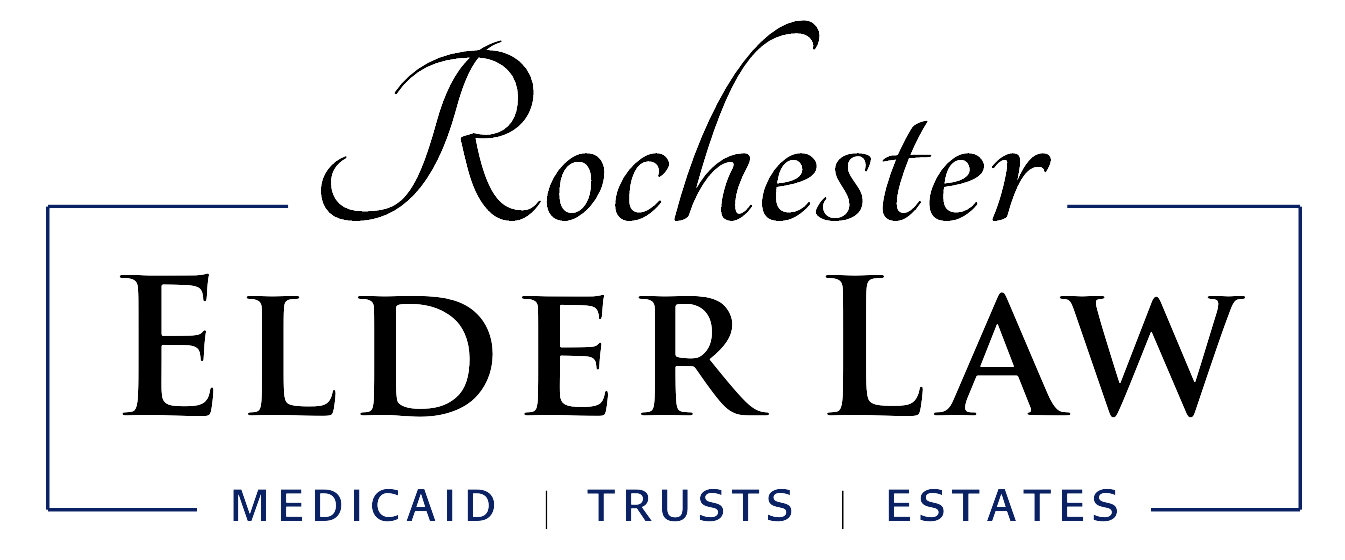Medicaid is a US federal and state public health insurance program providing millions of Americans with comprehensive health coverage and financial protection. The program helps low-income families, individuals, and people with disabilities receive adequate health care and provides nursing home or community long-term care services. As of August 2022, more than 90.5 million individuals were part of the Medicaid and Children’s Health Insurance Programs (CHIP).
States Follow Federal Guidelines But Have Some Autonomy
Although Medicaid funding is a federal-state partnership, states administer the programs and have some flexibility in determining who to cover, delivery models, and payment methods for physicians and hospitals. States may apply for a Section 1115 waiver to experiment with different implementation approaches as federal statutes require; however, the Secretary of the US Department of Health & Human Services (HHS) determines advanced program objectives.
Medicaid entitlement has two basic guarantees. First, all Americans who meet Medicaid eligibility requirements are guaranteed healthcare coverage. Second, states receive guarantees for federally matched funds without a cap for enrollees’ qualified services. Under current law, nearly all Medicaid federal funding is open-ended, but this may change for cost containment.
According to the Congressional Budget Office (CBO), the federal government pays anywhere from 54 percent to 79 percent of each state’s annual Medicaid outlays, with the states’ picking up the remainder. Beyond enrollment expansion due to COVID-19 for the fiscal year 2022, nearly one-third of states saw upward pressure on spending due to increasing costs for managed care and provider rate increases.
Medicaid Coverage Continues to Evolve
Medicaid began in 1965 and was a cash assistance program for qualifying individuals or families. In the following years, Congress expanded federal minimum requirements to provide more new coverage types, particularly for children, pregnant women, and people with disabilities. The broader health care coverage of the Affordable Care Act (ACA) in 2010 expanded Medicaid to non-elderly adults with qualifying low incomes and continues to meet changing needs.
A Broad Range of Health and Long-Term Care Services
In addition to the Medicaid federal law service requirements, many states provide optional services. These services include physical therapy, prescription drugs, eyeglasses, and dental care. Medicaid expansion for adults is part of the ACA’s ten “essential health benefits,” which include the following:
- Ambulatory patient services
- Emergency services
- Hospitalization
- Pregnancy, maternity, and newborn care
- Mental health and substance abuse disorders
- Prescription drugs
- Rehabilitative and habilitative services and devices
- Laboratory services
- Preventative and wellness services
- Pediatric services
Medicaid covers the cost of long-term care, including nursing homes and many community-based long-term services. Over half of all Medicaid long-term care spending is for home and community-based services (HCBS), enabling seniors and those with disabilities to live more independently. Emphasis is shifting away from institutional settings, although intermediate care facilities for adults with intellectual disabilities remain a priority.
Privately Managed Care Plans for Enrollees
More than two-thirds of Medicaid beneficiaries account for privately managed care plan enrollments contracting with states to provide comprehensive services. Other enrollees receive their care in a fee-for-service system.
Most states cover long-term services through risk-based managed care arrangements to contain costs. These managed care organizations (MCOs) are comprised of various entities, as some involve physicians while others combine physicians, hospitals, and other providers.
The blended approach of public and private partnerships to provide Medicaid care allows each participating group to function at their highest level, integrating efforts instead of trying to solve issues outside their expertise.
Medicaid beneficiaries have far better access to healthcare than the uninsured and seek medical care before health problems become severe and more costly. The satisfaction ratings of Medicaid recipients are comparable to those rates for individuals with private health insurance.
Conclusions
Despite experiencing low income, the rate of Medicaid enrollment is similar to those with private coverage. Medicaid covers preventative, rehabilitative, and acute health care in addition to costly long-term care for millions of Americans.
Medicaid services account for one-fifth of healthcare spending and receive a lot of attention regarding:
- Capacity expansion to address addictions, in particular opioids
- Refining payment and delivery systems
- Lowering prescription drug costs
- Refining eligibility requirements
- Increasing community-based long-term care services
Medicaid funding is a major financial support for hospitals, doctors, nursing homes, and many other jobs in the healthcare sector. Federal matching funds guarantee an open-ended basis to provide flexibility in supporting each state’s population’s healthcare needs.
Medicaid is an extensive program and varies by state, making it difficult to know what is available to beneficiaries or potential enrollees. Attorneys specializing in Medicaid and disability can help you understand how to benefit from your state’s programs. They can guide your application process, ensuring you receive the necessary benefits. Reach out to schedule a consultation and speak with a Rochester Elder Law attorney about Medicaid planning.
more news you can use



Still have questions?











